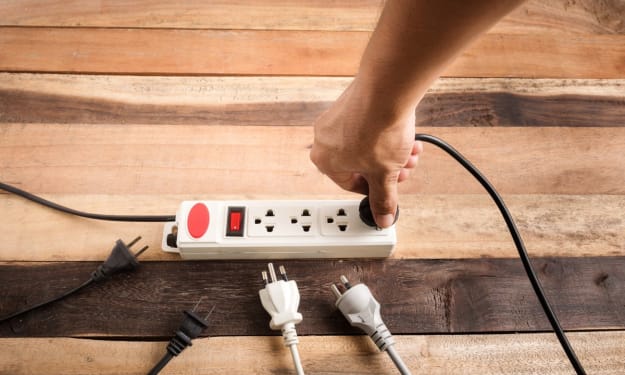
The novel coronavirus, known as COVID-19, has caused a global pandemic. As of April 2021, this virus has spread to over two hundred countries and caused over two million deaths. This virus is highly contagious and has affected the lives of millions of people. With no vaccine available yet, the only way to protect yourself and others is to take preventative measures such as washing your hands, wearing a mask, and maintaining social distancing. This article will discuss the basics of COVID-19, the symptoms, diagnosis and treatment, the current state of the pandemic, and how to protect yourself and your community.
What is COVID-19?
COVID-19 is a novel coronavirus, meaning it is a new strain of the virus. It is very contagious and can spread easily from person to person, through the air, or by contact with contaminated surfaces. The virus is believed to have originated in China in late 2019, and spread rapidly throughout the world.
COVID-19 Symptoms
The most common symptoms of COVID-19 include fever, cough, sore throat, and difficulty breathing. Other less common symptoms include chills, headache, loss of taste or smell, muscle aches, nausea, and vomiting. In some cases, people who are infected may be asymptomatic, meaning they do not show any symptoms.
Diagnosis and Treatment
Diagnosis of COVID-19 is usually done through a PCR test, which detects the virus in the nose or throat. In some cases, a blood test may also be used. Treatment for COVID-19 is based on symptoms. If someone has mild symptoms, they may be able to manage them at home with rest, fluids, and over-the-counter pain relievers. Severe cases may require hospitalization and more aggressive treatments.
Current State of the Pandemic
The pandemic has affected the lives of people in every corner of the world, with some countries and regions experiencing more severe impacts than others. The number of cases and deaths continues to rise, and there is no sign of the pandemic slowing down. Vaccines are being rolled out in many parts of the world, but it is still too early to tell how effective they will be in controlling the spread of the virus.
How to Protect Yourself and Your Community
The best way to protect yourself and your community from COVID-19 is to take preventative measures. This includes washing your hands frequently, wearing a mask when you are in public, and maintaining social distancing. It is also important to get vaccinated when it is available to you. Finally, if you think you may have been exposed to the virus, it is important to get tested and follow the advice of your health care provider.
Conclusion
COVID-19 is a novel coronavirus that has caused a global pandemic. There are no vaccines available yet, so the only way to protect yourself and your community is to take preventative measures such as washing your hands, wearing a mask, and maintaining social distancing. Diagnosis and treatment for COVID-19 is based on symptoms, and the pandemic continues to affect the lives of people in every corner of the world. By following the advice of health care providers and taking preventative measures, we can work together to stop the spread of COVID-19.
Most people infected with the virus will experience mild to moderate respiratory illness and recover without requiring special treatment. However, some will become seriously ill and require medical attention. Older people and those with underlying medical conditions like cardiovascular disease, diabetes, chronic respiratory disease, or cancer are more likely to develop serious illness. Anyone can get sick with COVID-19 and become seriously ill or die at any age.
The best way to prevent and slow down transmission is to be well informed about the disease and how the virus spreads. Protect yourself and others from infection by staying at least 1 metre apart from others, wearing a properly fitted mask, and washing your hands or using an alcohol-based rub frequently. Get vaccinated when it’s your turn and follow local guidance.
The virus can spread from an infected person’s mouth or nose in small liquid particles when they cough, sneeze, speak, sing or breathe. These particles range from larger respiratory droplets to smaller aerosols. It is important to practice respiratory etiquette, for example by coughing into a flexed elbow, and to stay home and self-isolate until you recover if you feel unwell.






Comments (2)
Very good 👍
Well explained